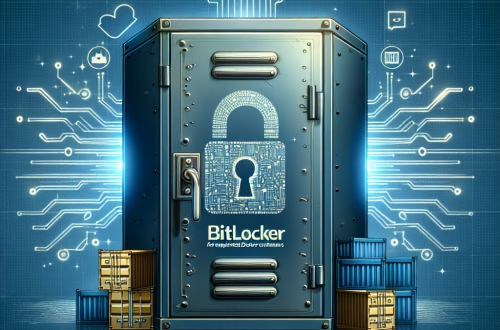bitlocker recovery key did not work Explained
The “BitLocker recovery key did not work” issue occurs when the 48-digit numerical password provided to unlock a BitLocker-encrypted drive fails to grant access. This key is a critical component of BitLocker’s security framework, designed to restore access when normal authentication methods (e.g., PIN, password, or TPM) fail. Common triggers for this issue include hardware changes, corrupted TPM (Trusted Platform Module) configurations, incorrect key entry, or system updates that alter the drive’s encryption state. When the recovery key fails, the drive remains locked, preventing access to the encrypted data.
What This Means for You
- Immediate Impact: If the BitLocker recovery key does not work, your drive will remain inaccessible, halting system boot processes and preventing access to critical data until the issue is resolved.
- Data Accessibility & Security: Without a functioning recovery key, your encrypted data may be permanently lost. It is essential to securely back up your recovery key in multiple locations, such as a Microsoft account, USB drive, or printed copy.
- System Functionality & Recovery: Failure to resolve this issue can render your system unusable. Advanced troubleshooting may require accessing the BIOS/UEFI settings or using Windows Recovery Environment (WinRE) tools.
- Future Outlook & Prevention Warning: Ignoring recurring BitLocker recovery key issues can lead to unexpected data loss. Proactive measures, such as verifying TPM functionality and keeping recovery keys secure, are crucial for long-term data protection.
bitlocker recovery key did not work Solutions
Solution 1: Verify the Recovery Key
Ensure the recovery key entered is correct. BitLocker recovery keys are case-insensitive but must match the exact 48-digit sequence. Double-check the key against your backup sources (e.g., Microsoft account, USB drive, or printed copy). If the key is incorrect, re-enter it carefully, ensuring no digits are omitted or mistyped.
Solution 2: Reset the TPM
If the TPM is corrupted or misconfigured, it can prevent the recovery key from working. To reset the TPM:
- Access the BIOS/UEFI settings during system startup.
- Locate the TPM settings and clear or reset the TPM.
- Restart the system and attempt to enter the recovery key again.
Note: Resetting the TPM may require administrative privileges and could affect other security features.
Solution 3: Use the Windows Recovery Environment (WinRE)
If the recovery key still does not work, boot into WinRE to troubleshoot:
- Restart your computer and press
F8orShift + F8during boot to access WinRE. - Select “Troubleshoot” > “Advanced options” > “Command Prompt.”
- Use the
manage-bdecommand to check the BitLocker status:manage-bde -status C:. - If necessary, suspend and resume BitLocker:
manage-bde -protectors -disable C:followed bymanage-bde -protectors -enable C:.
Solution 4: Data Recovery Options
If all else fails, consider professional data recovery services. These services specialize in extracting data from encrypted drives, though they can be costly and time-consuming. Ensure you choose a reputable provider with experience in BitLocker encryption.
People Also Ask About
- Why is my BitLocker recovery key not working? This can occur due to incorrect key entry, TPM issues, or system configuration changes.
- How do I find my BitLocker recovery key? Check your Microsoft account, USB drive, or printed copy where the key was saved during BitLocker setup.
- Can I bypass the BitLocker recovery key? No, the recovery key is essential for unlocking the drive; bypassing it is not possible without compromising security.
- What happens if I lose my BitLocker recovery key? Without the recovery key, your data may be permanently inaccessible unless you have a backup or use professional recovery services.
Other Resources
For more detailed guidance, refer to the official Microsoft documentation on BitLocker recovery or consult trusted security advisories for advanced troubleshooting steps.
How to Protect Against bitlocker recovery key did not work
- Regularly back up your BitLocker recovery key to multiple secure locations, such as a Microsoft account, USB drive, and printed copy.
- Verify TPM functionality periodically to ensure it is not corrupted or misconfigured.
- Avoid making unnecessary hardware changes that could trigger BitLocker recovery mode.
- Keep your system updated to prevent compatibility issues with BitLocker encryption.
- Test your recovery key periodically to ensure it works as expected.
Expert Opinion
The “BitLocker recovery key did not work” issue underscores the importance of meticulous key management and proactive system maintenance. Ensuring your recovery key is accessible and functional is critical for safeguarding encrypted data and maintaining system integrity.
Related Key Terms
- BitLocker recovery key not working
- TPM error BitLocker
- BitLocker drive encryption stuck
- manage-bde command prompt
- Windows 10 BitLocker fix
*Featured image sourced by Pixabay.com





